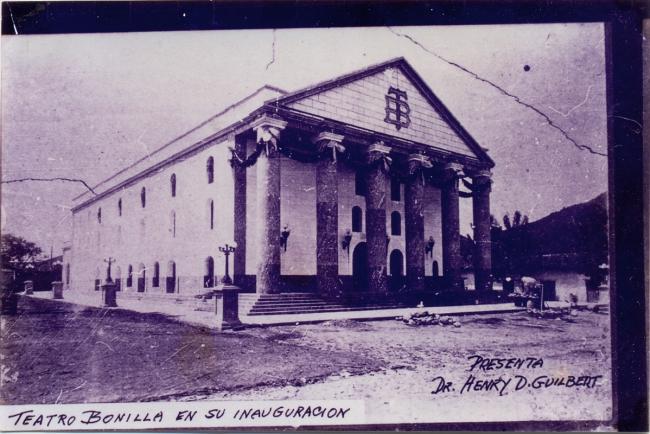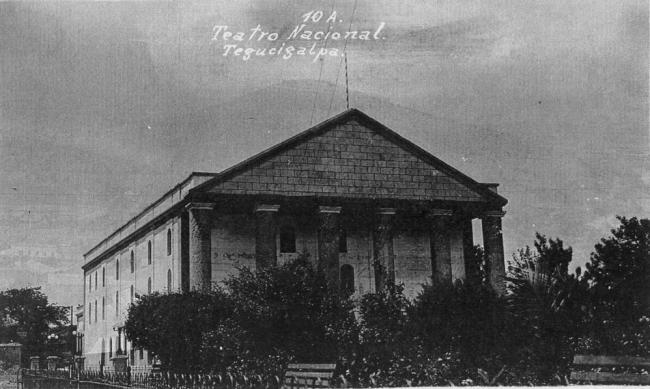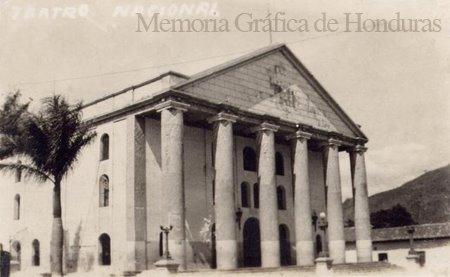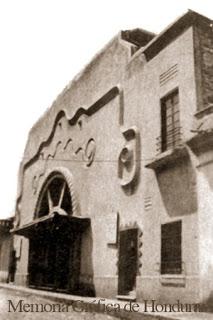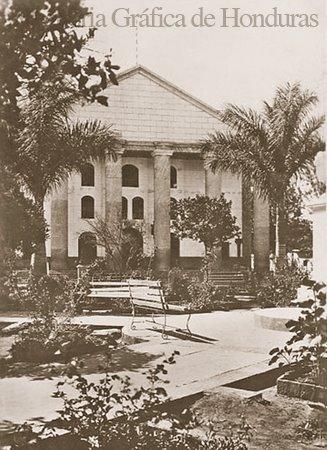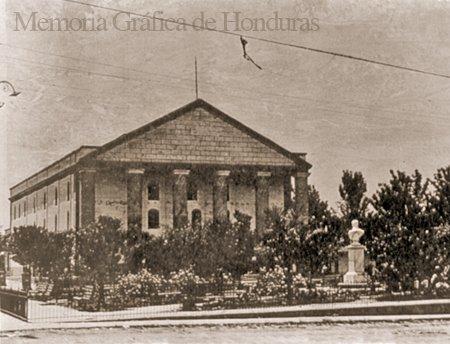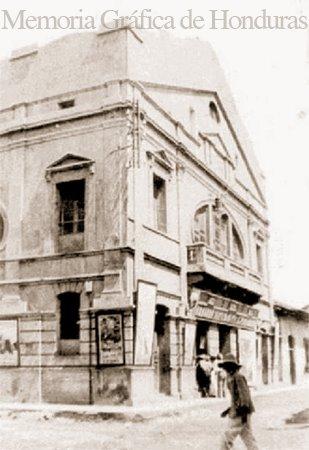In 1893 the romantic drama ''Manfredo'' by Lord Byron, was translated into Spanish, publishing it until 1912-1913. At the end of the 19th century Manuel Sevilla made theatrical representations in the courtyard of the university including possibly ''the tragedy of Morazan''. During this period there was no infrastructure that favored the theatre, nor were there professionals in the area. It was until the following century that the theatre began to live within a modern, didactic and social conception.
Lacking an infrastructure for the development of the theatre, the Mexican consul Jose Maria Gutierres and the Honduran writer Froylan Turcios have the idea of creating a European-style coliseum that they wanted to call ''Teatro Cervantes''. President Manuel Bonilla decreed the creation of such a coliseum, and on May 5, 1905 the first stone was laid. However due to some problems the construction lasted 10 years, and it was Alberto Membreño on September 16th, 1915 who inaugurated it and called it ''TEATRO NACIONAL MANUEL BONILLA'' in memory of the president who issued its creation. Since that year Honduras had an adequate infrastructure for performing arts.
In 1930 with the play ''el cambio del cabinete'' (The change of the cabinet) grotesque theater arose, to criticize the stained Honduran politics, and between 1934 to 1945 due to the war conflicts, the theater was reduced, the country did not have artistic contact with the outside world and therefore a localist atmosphere was generated which gave rise to the soirees.
The soirees were spectacles of dance, music, dialogues and farces, they were organized by the wealthy class. The national theatre Manuel Bonilla was deteriorating and at the end of the Second World War the horizon with the foreign artistic groups was renewed. Modern music was introduced to the country, and a generation of poetic writers, such as the author Daniel Lainez, began to perform their work theatrically.
Social theatre arises with the play ´los chapetones' by Medardo Mejia. In 1945 to 1952 the Manuel Bonilla theatre became a chamber of deputies, so artistic manifestations looked for other locations. In 1954 Santiago Toffe gave declamation classes and founded The Honduran Theatrical Art Group (CATH, in Spanish), and it was his group that reopened the Manuel Bonilla Theater. Other groups emerged, including the Tegucigalpa drama group, which had its own theater and performed both in Spanish and English.
In 1958 Francisco Salvador founded the university theatre of Honduras (TUH, in Spanish), which gave rise to the first theatrical courses, this group obtained administrative autonomy in 1963. Between 1959-1961 children's and teenage theatre groups were created; the group ''teatro de la escuela superior del profesorado'' TESP directed by Andres Morris was also founded. In the 1970s, groups such as ''University Popular Theater (el teatro popular universitario'' , TPU) and ''teatro obrero universitario'' (university workers' theatre) were booming, transmitting liberation messages due to the repression suffered in the university that supported agrarian reform processes and the human rights of citizens in general. In the same year, the ''teatro experimental universitario la merced'' TEUM was created, directed by Rafael Murillo Selva, a group in search of community identity. Sometime later the workers' theatre of the united people ''Juan Pablo Wainwright'' was created, directed by the Mexican Miguel Gutierrez who installed a reflective theatre.
